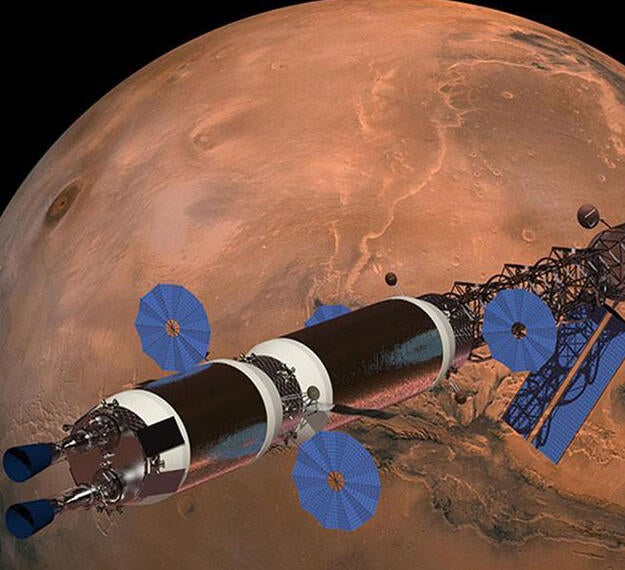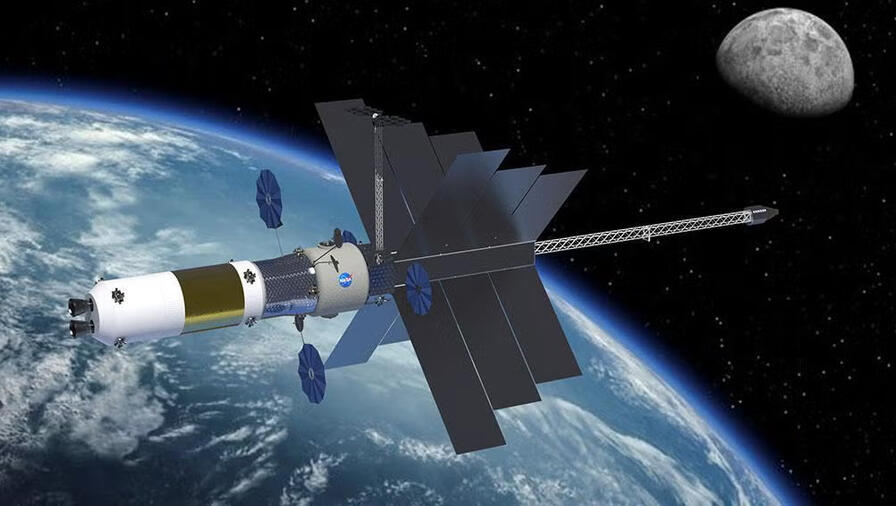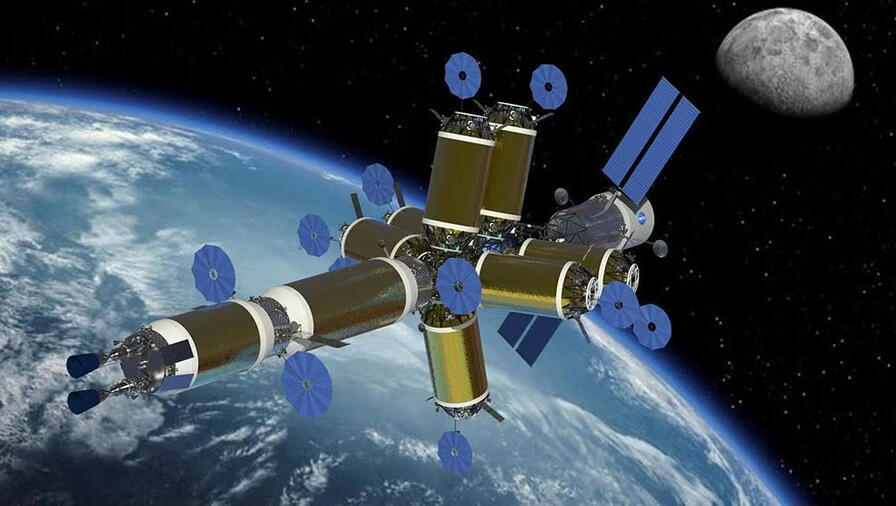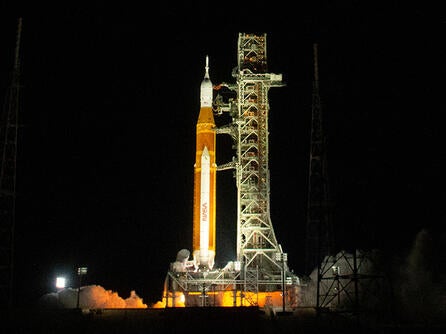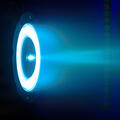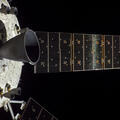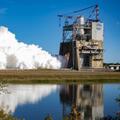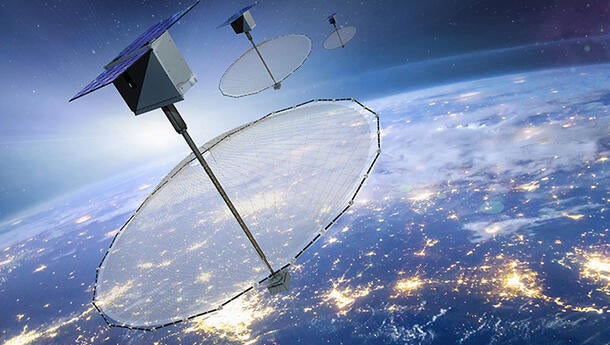Nuclear Propulsion Benefits
Mars is hard – especially human Mars missions with large payloads and high changes in velocity. Nuclear propulsion, both nuclear thermal propulsion (NTP) and nuclear electric propulsion (NEP), can enable lighter transfer vehicles and/or faster transfers than either chemical or solar electric propulsion, resulting in fewer launches and simpler concepts of operations.
- NTP is more than twice as efficient, and NEP is 5-10 times as efficient, as traditional chemical propulsion engines.
- Higher efficiency enables NTP or NEP vehicles to be made at one-third to one-half the size of comparable chemical propulsion vehicles.
- Ability to carry all the propellant needed for a round-trip Mars mission in one vehicle, allowing for mission abort scenarios to safely return astronauts home in the event of an emergency. NTP specifically provides the capability to support mission abort scenarios up to 90 days into the mission.
- Ability to accommodate difficult interplanetary trajectories, enabling shorter round-trip missions to Mars, minimizing mission impacts to crew health.
- Faster, more efficient transfers to and from Mars reduce crews’ deep space radiation exposure by up to 40 percent compared to chemical propulsion options, depending on the mission profile.
- Capability for the vehicle to be reused over several missions, creating a true solar system human taxi to enable the exploration of deep space.
OUR ROLE
NASA is looking into reducing risk and increasing feasibility of nuclear propulsion for human-rated missions to Mars. In cooperation with NASA and other industry partners, L3Harris has been leading the research effort on engine and mission architecture planning for this effort.
Nuclear thermal propulsion (NTP) has tremendous synergy with existing liquid rocket technologies – an area in which L3Harris is a proven leader. This includes the development/production of turbomachinery and nozzles, cryogenic hydrogen fuel handling and providing heat management solutions.
Nuclear electric propulsion (NEP) relies on several key technologies, including high-power electric thrusters, power processing, power conversion, and power management and distribution, which are all areas in which L3Harris is an established industry leader.
L3Harris is working with manufacturers to leverage new low-enriched Uranium technology that is safer to handle and reduces expensive regulatory and security challenges; making both NTP and NEP attractive alternatives to comparable chemical and solar electric propulsion options for crewed deep space missions.
